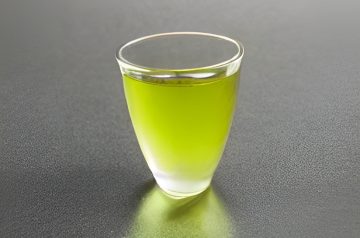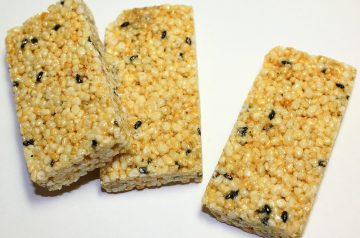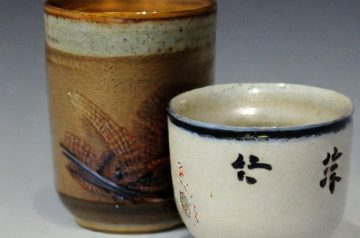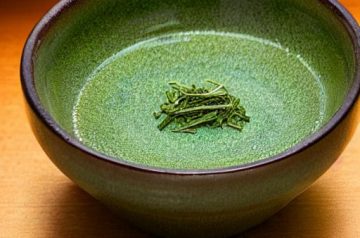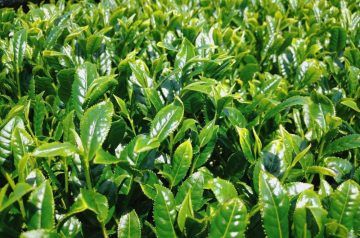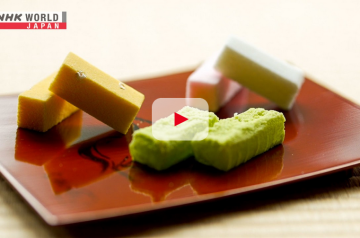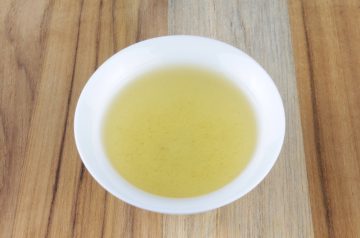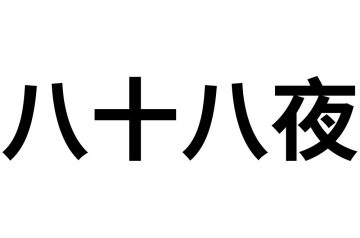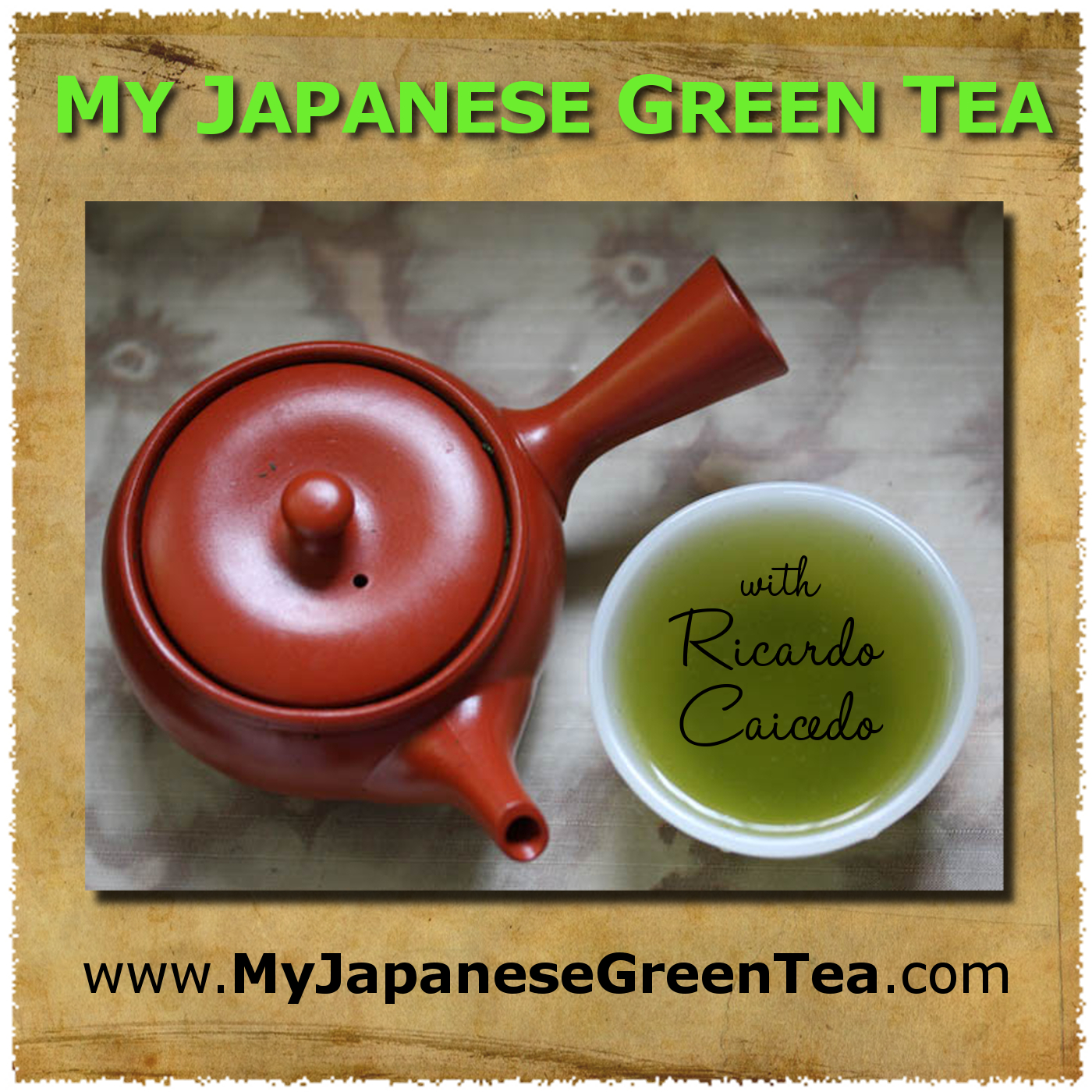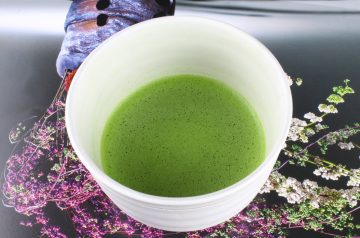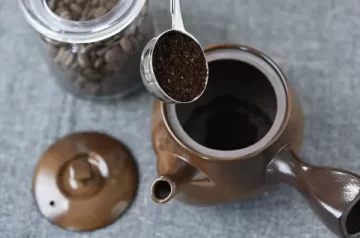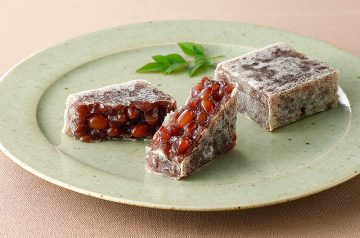In Japan, there are different days of the year that celebrate tea. While these aren’t national holidays, at least they are a good excuse for tea festivals and tea...
Okoshi
Okoshi (おこし) is a type of traditional Japanese sweet (wagashi). It’s also called okoshigome (おこし米). While it’s often made with processed rice, it can be made with other grains...
About the Yunomi
Yunomi (湯呑) literally means “hot water drinking”. It’s an abbreviation of yunomi jawan (湯吞茶碗), where the word chawan means “tea bowl”. Note that in Japan, the word chawan used...
The Top 5 Tea Cultivars in Japan
There are more than a hundred tea cultivars in Japan, with new ones appearing every year. But only a few are used extensively. I looked at the data of...
The Okuyutaka Tea Cultivar
Okuyutaka (おくゆたか) is a cultivar that makes a good quality sencha. Its name comes from Yutakamidori, and from the fact that it is a late budding cultivar. History of...
Matsue: The World of Wagashi (Documentary)
This documentary aired on February of 2023 in NHK World. Wagashi are traditional Japanese sweets. They are often enjoyed with green tea. Matsue city (松江市), is one of the...
Nio Teas Kasugaen Golden Sencha Yabukita
Today is Father’s Day. As a way to celebrate, I’ll review this organic sencha from Kagoshima prefecture. It’s sold by Nio Teas. The Yabukita cultivar is the most common...
Hachijū Hachiya
If you’re a fan of shincha, you may have heard the term hachijū hachiya (八十八夜). It literally means 88th night. Hachijū hachiya is one of the important dates in...
Podcast 054: Tezumi
While I have reviewed teas from Tezumi before, I didn’t know much about them. In this episode I interview David Lavecchia, who is one of the three co-founders. David...
Naoki Single Origin Mame Matcha
This is a limited edition tea from Naoki Matcha. It’s made from a single tea field in Shizuoka prefecture. While it doesn’t specify the cultivar, this matcha has a...
Brewing Coffee in a Kyusu Teapot
A Japanese friend told me that people are preparing coffee in their kyusu. I never would have thought of doing that. Apparently, the resulting coffee tastes well. This way,...
Kintsuba
Kintsuba (きんつば) is a traditional Japanese sweet (wagashi) that is fairly common, although not as popular as others. In essence, it’s a yōkan with an outer crust. Nowadays, most...

